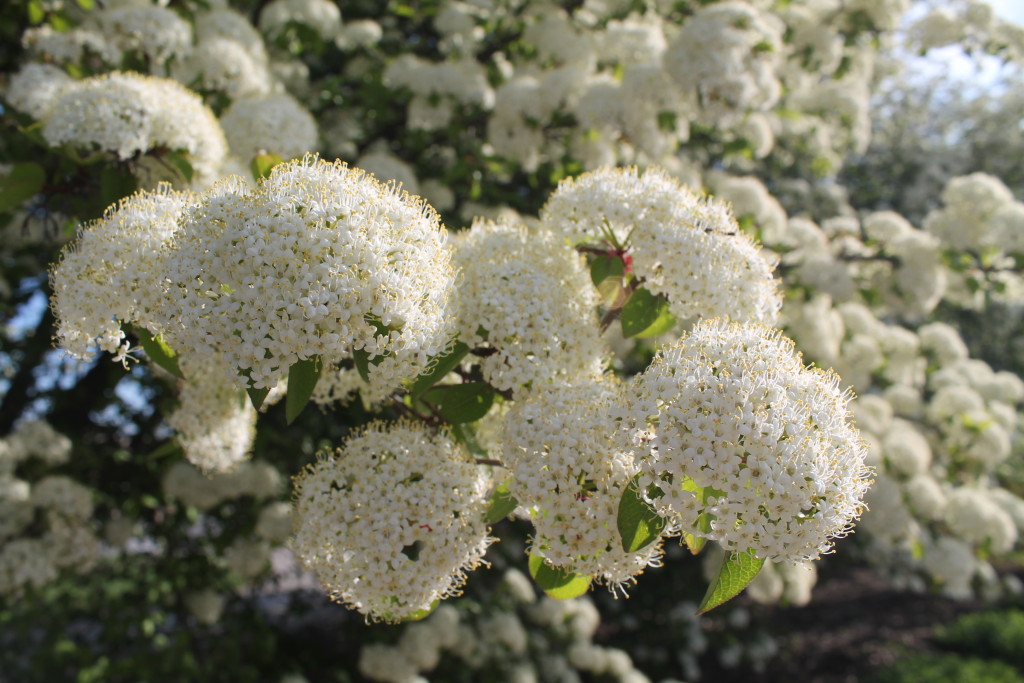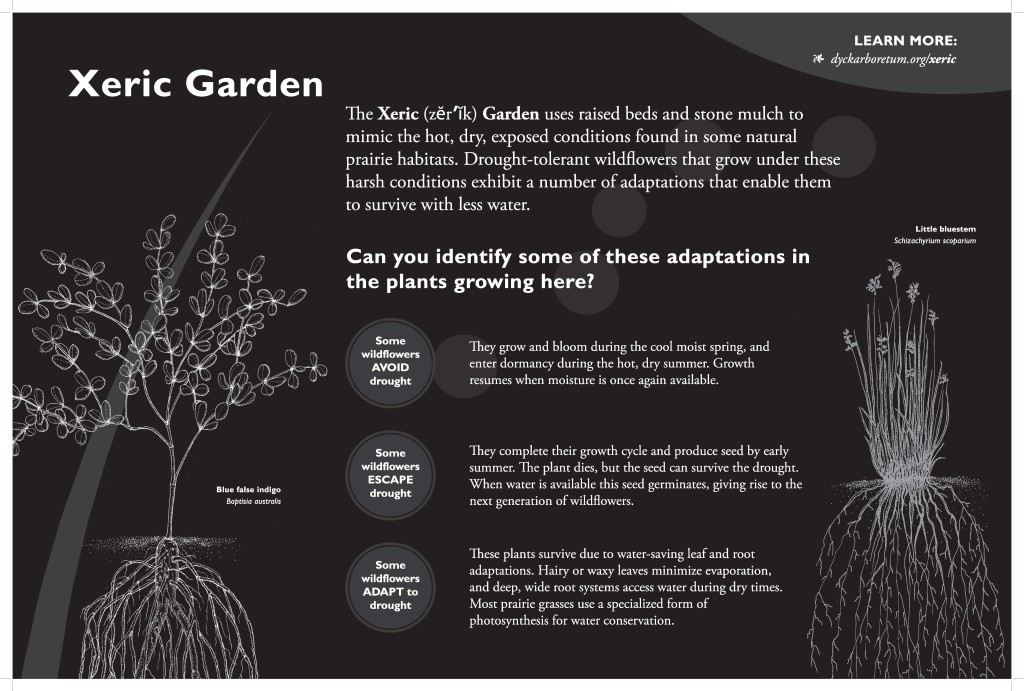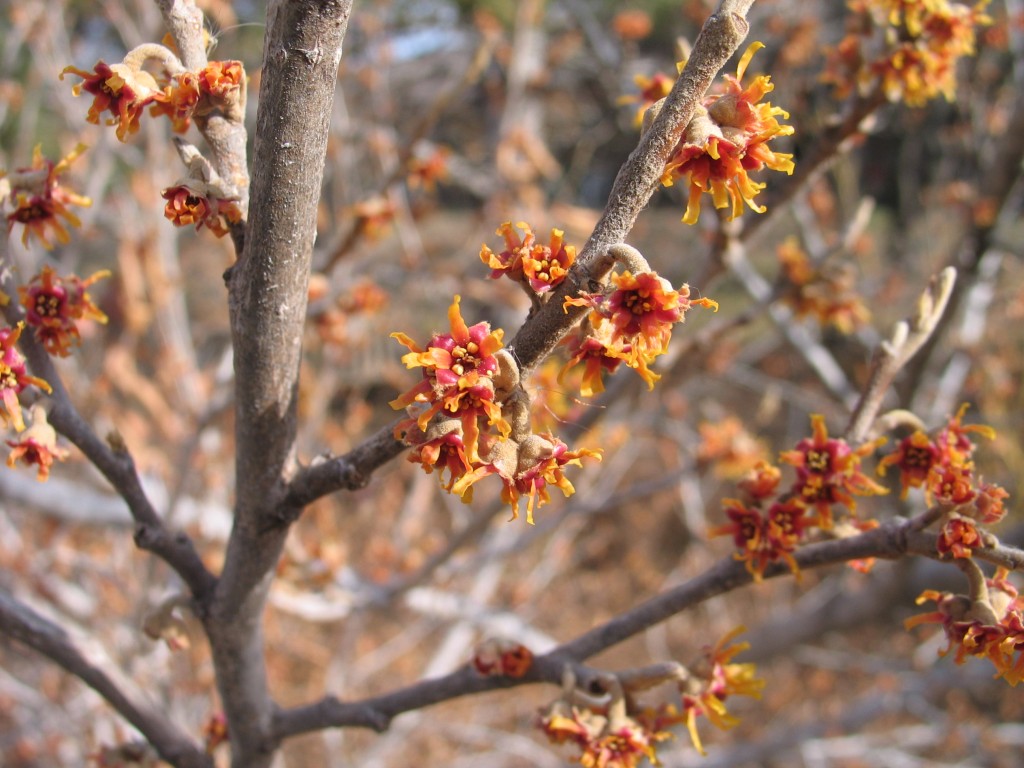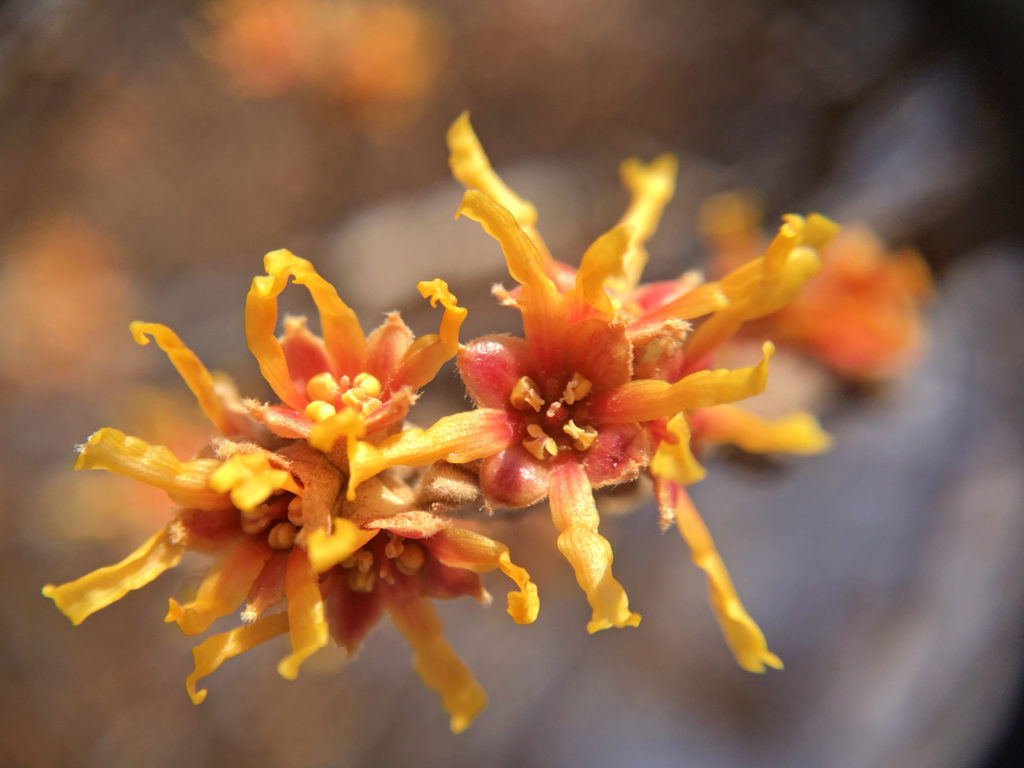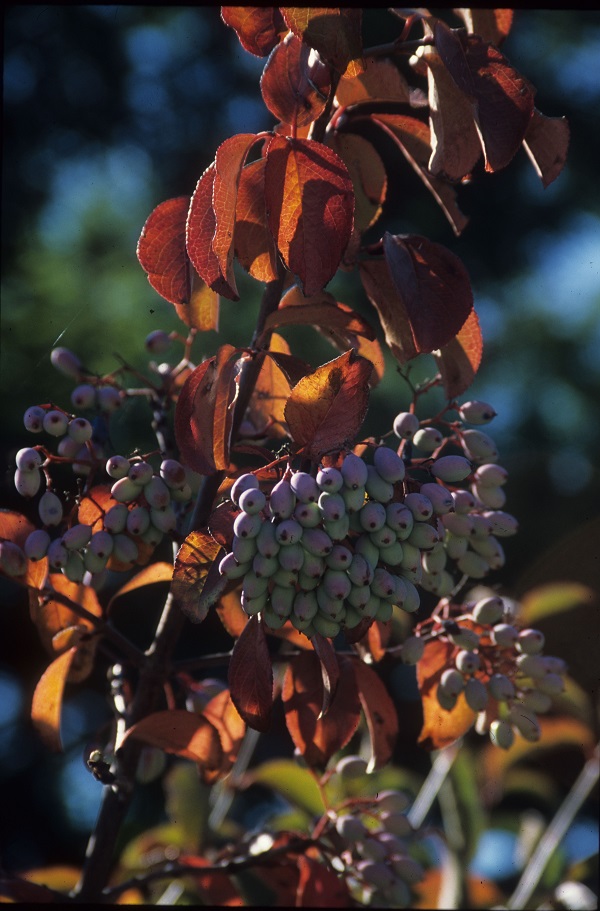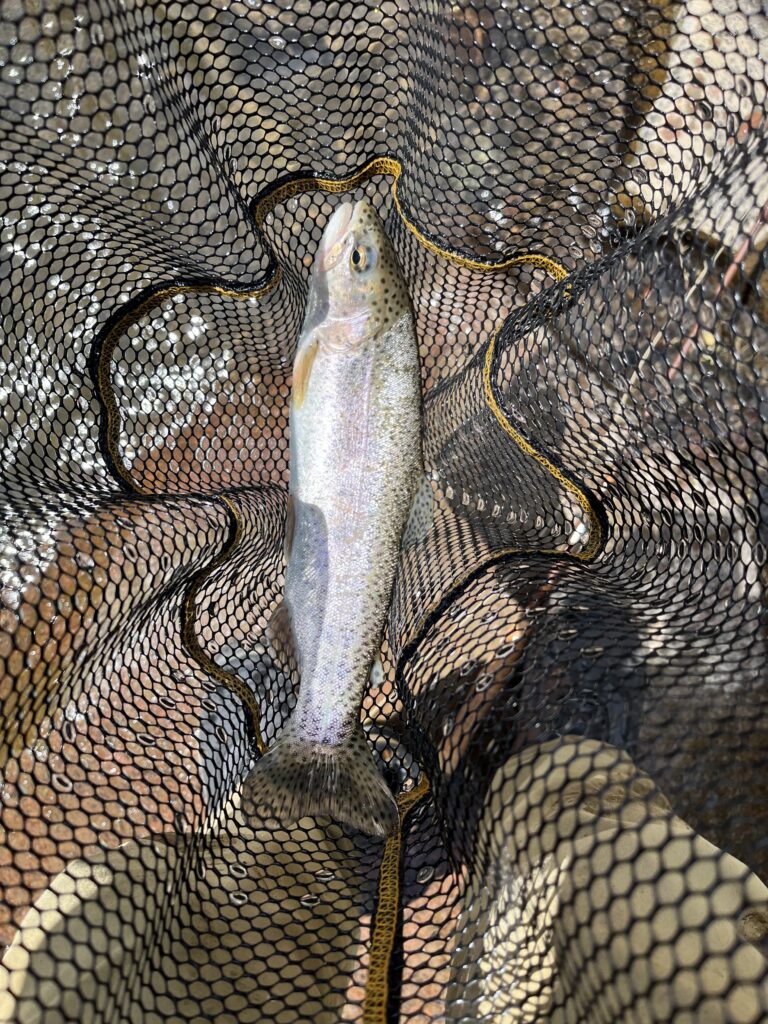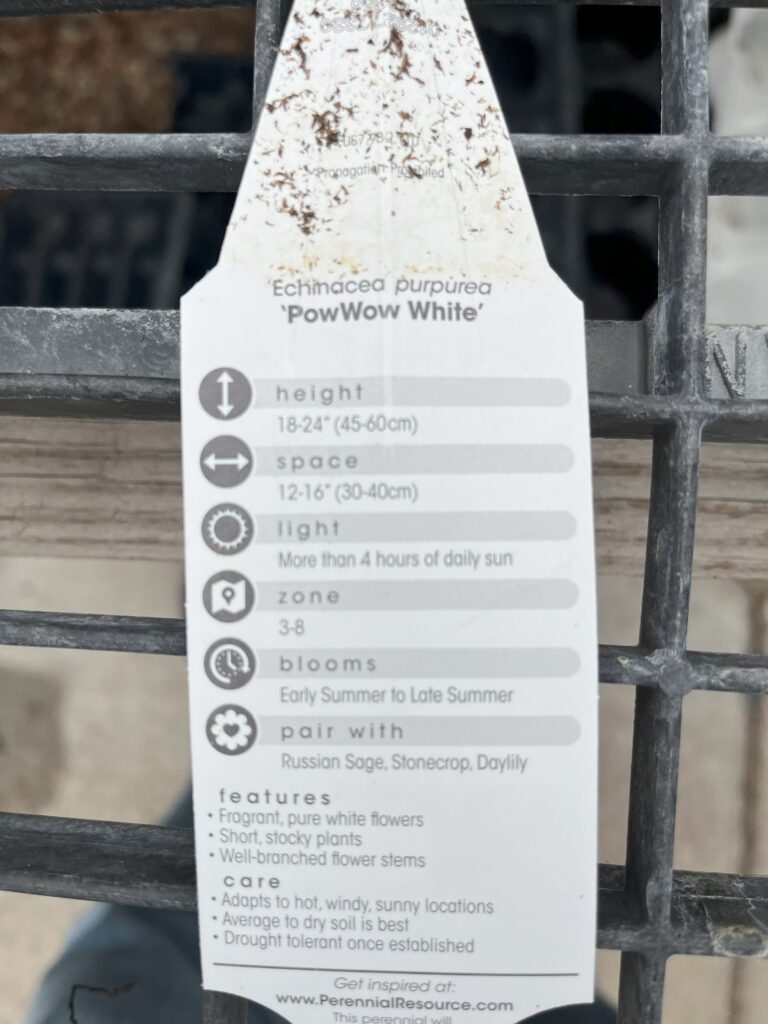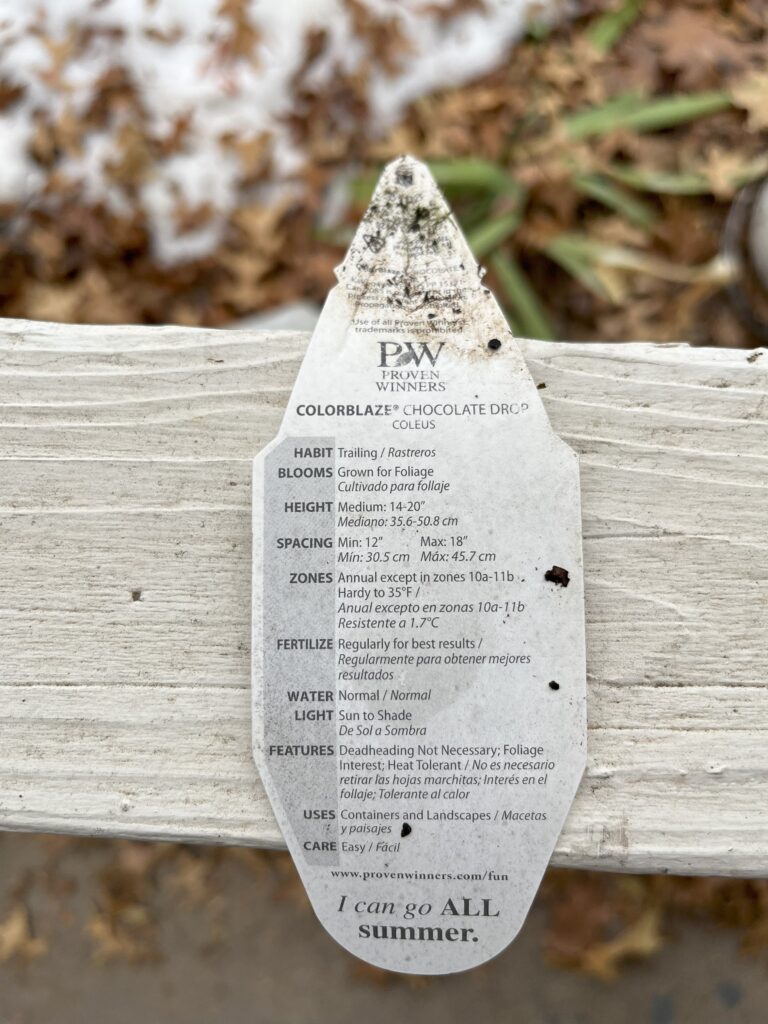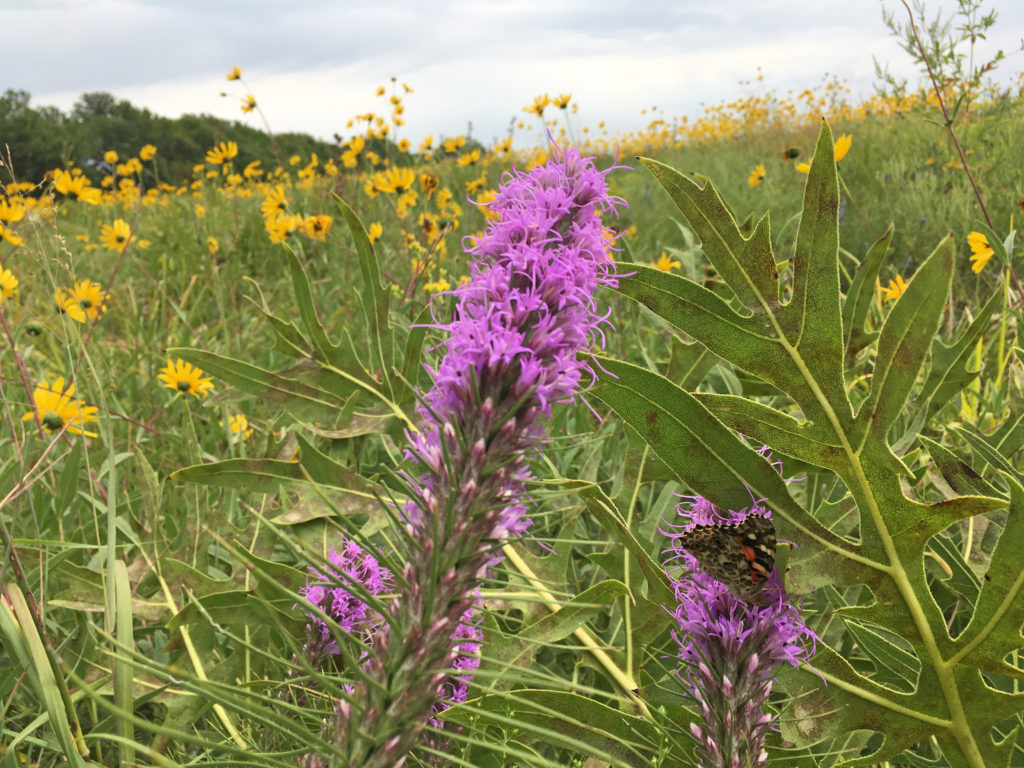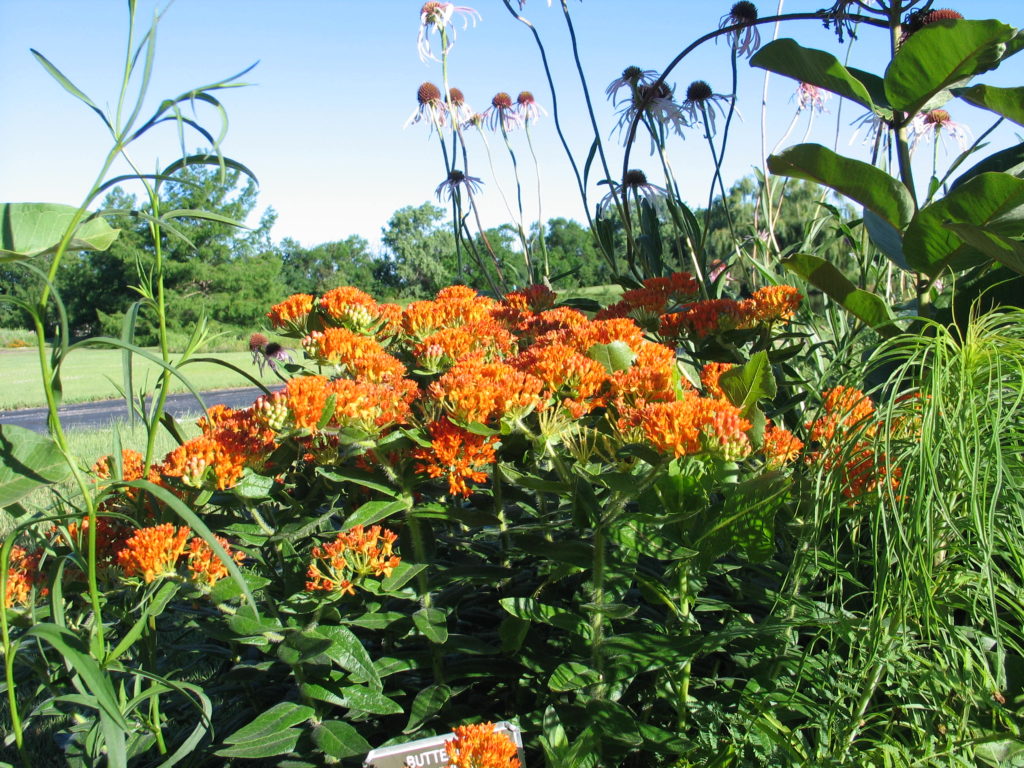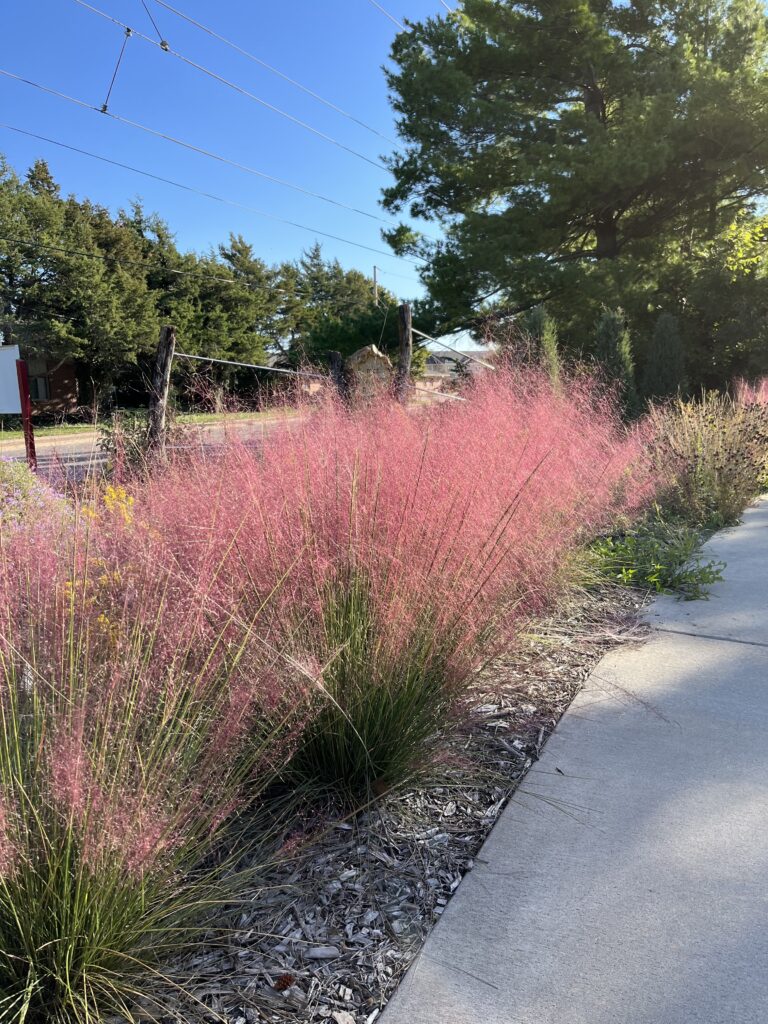Over the past few months, I have been working on some landscape designs. These designs have reminded me how important site analysis is to a successful design. Choosing the right plants for an area begins with a close look at the area being considered for a new garden. In my opinion, gardeners (I include myself in this category) don’t spend enough time observing our gardens throughout the year prior to planting anything. Here are a few important aspects to consider that will help you develop a rewarding planting scheme.
What is the size of your outdoor space?
Site analysis begins with taking a step back to observe the big picture. A small planting bed leading to the front door versus a larger foundation or island planting require different plants. Most plants need space to fully develop. Be realistic when you first start thinking about your garden. Lay out your garden beds with a hose to help define the landscape space. Step back and look at the lines and size of the bed. Is this the look you want for the area?
Another piece of advice I often give is to start small and work on your areas over successive seasons. A new garden can be overwhelming as you work to establish new plants, control weeds and maintain those new plants through the first year. Once the first area is up and growing, you can move to the next area. By starting small, you can build on your successes.

Control perennial/annual weeds before planting anything
Bindweed
Obviously, the best time to eradicate bindweed is before you plant. I spray the area with Roundup™ several times starting in July and August. Anytime we see green, the area is sprayed. This is the best time to spray because the plant is moving energy from the leaves into the roots for winter storage. The chemical is also moved throughout the extensive root system, killing even those deep roots. Trust me, it is worth waiting to plant until this weed is removed permanently.
Small patches can be hand pulled but you have to stay on it. Every sprig that pops up must be pulled immediately. We have also had limited success with hand painting the leaves with Round-up. Again, every new plant must be found and painted. Essentially, you have to be as ruthless and relentless as this weed is to completely remove it from your garden. I thank my ancestors for bringing this over to America with their wheat seed.
If you are firmly opposed to using any chemicals, you might consider solarization instead, or you may want to read my colleague’s blog post “On Weeding“.
Bermuda grass
This perennial grass is a problem because of its vigorous creeping habit. The plant spreads by seeds and by above and below ground stems that can take over a garden in one season. It is drought tolerant and thrives with neglect.
Like bindweed, bermudagrass is best removed before planting (same as bindweed). If you have it growing next to your gardens, a buffer must be maintained between the perennial display and the lawn area. This buffer can be weeded by hand or sprayed every few weeks with Roundup™ to burn back any new runners toward the garden. Raised beds are another defense against bermudagrass. Don’t blow bermuda grass clippings into your gardens. Again, it is better to wait to establish your new wildflower garden until you have bermudagrass eliminated. I have made the mistake of planting into bermudagrass and I am fighting with it every year.

Keep plants in scale
I don’t always observe or think about proportion and scale until it is too late. Keep in mind that your overall garden size helps determine what plants you can use in your design. Plant scale generally means using plants that are half the bed width. For instance, an area six feet wide needs plants that are no taller than three feet. A tall (8 foot) compass plant would stick out like a sore thumb if used in this area. In a narrow bed leading to your front door, taller plants tend to fall over and get in the way. Shorter plants such as prairie dropseed and black-eyed susans are a better option. Measure up what you have in order to see how everything will fit into place.
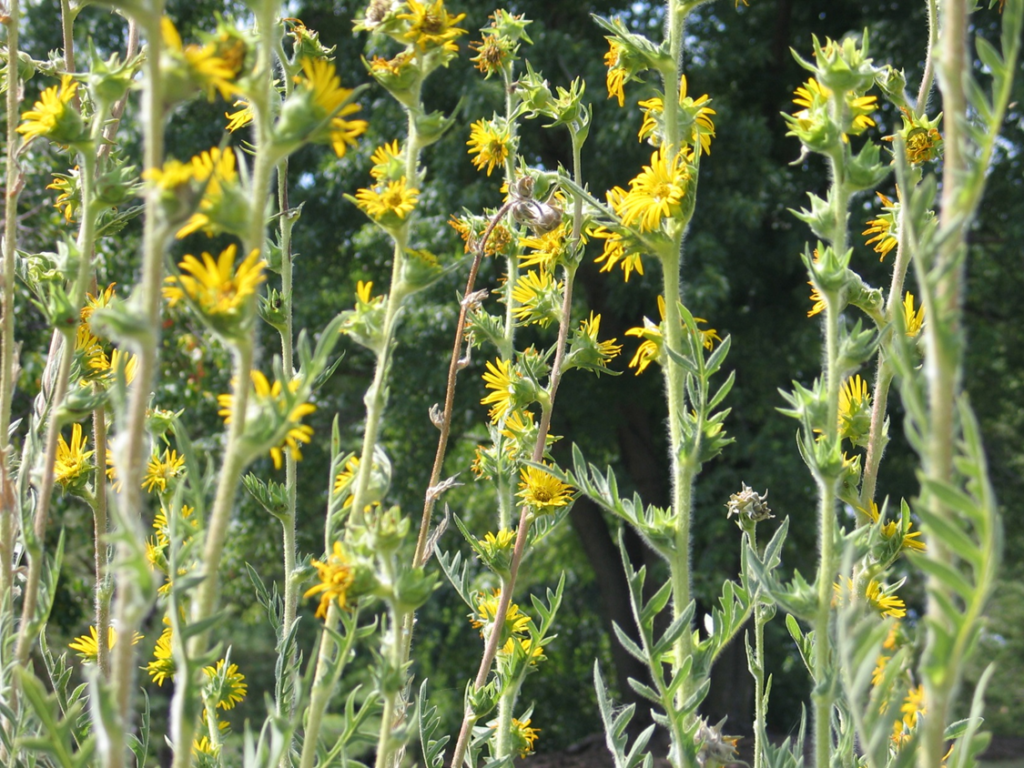
Look for Site Analysis Part 2 next week.



